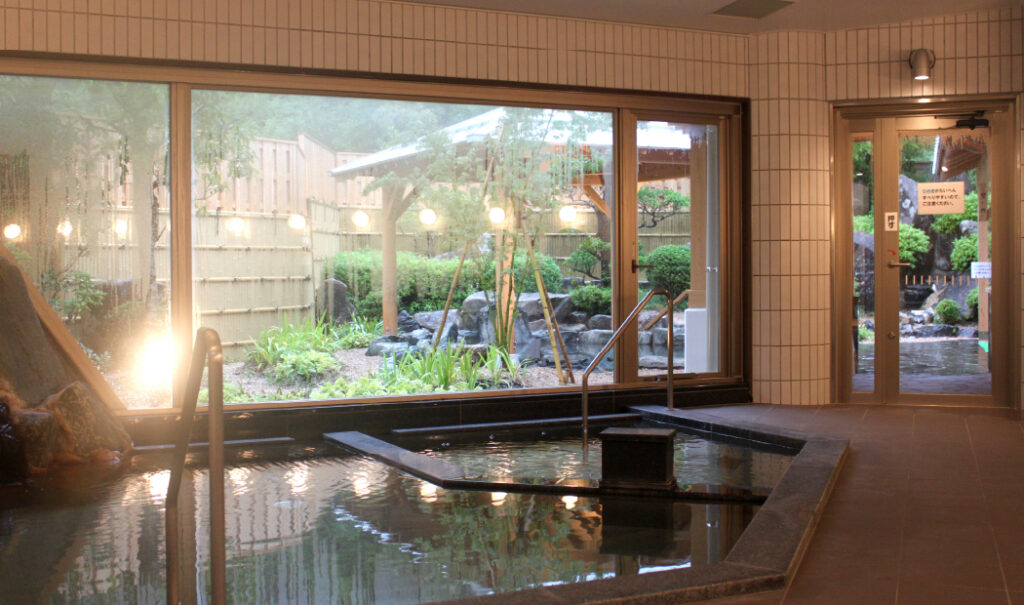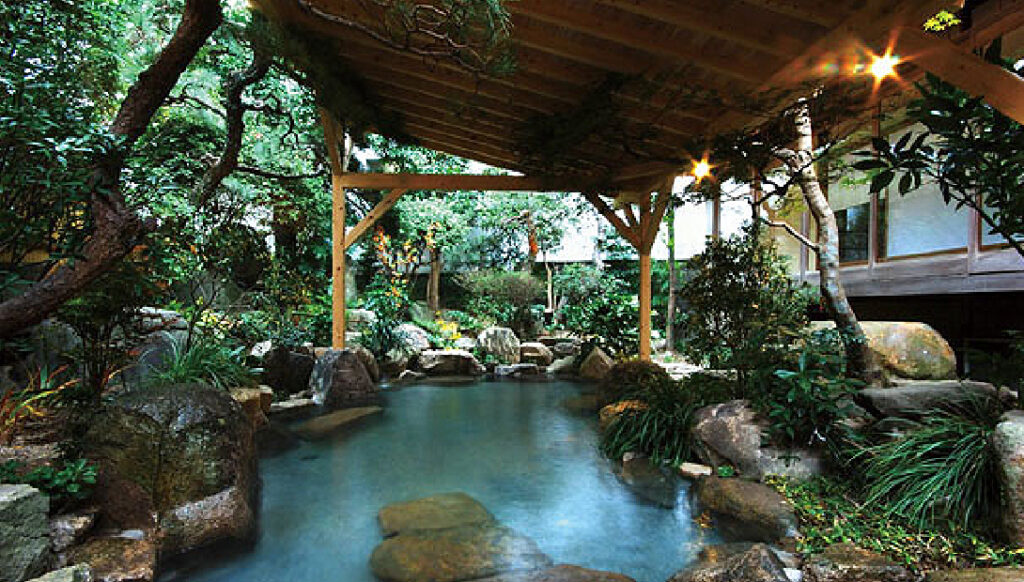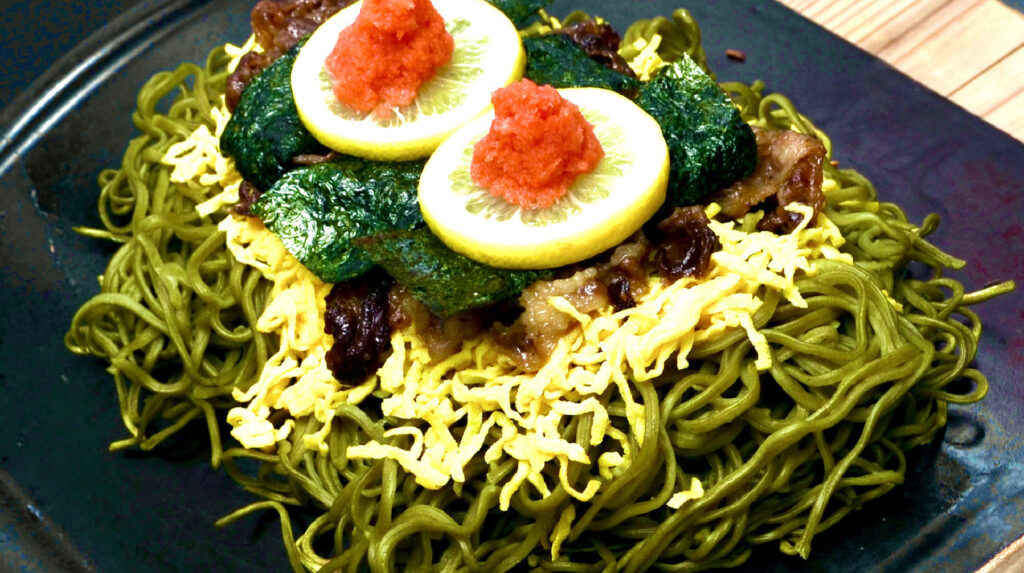This website uses cookies so that we can provide you with the best user experience possible. Cookie information is stored in your browser and performs functions such as recognising you when you return to our website and helping our team to understand which sections of the website you find most interesting and useful.
Yamaguchi sightseeing course (day trip)
Yamaguchi sightseeing course (day trip)
Cultural and Historical Walking Tour Starting from JR Yamaguchi Station
Recommended Course Overview
〈JR Yamaguchi Station〉 - 〈Creative Space Akarenga〉 - 〈Ichinosaka River〉 - 〈Ryufukuji Temple〉 - 〈Yamaguchi Furusato Densho General Center〉 - 〈Yasaka Shrine〉 - 〈Noda Shrine & Toyosaka Shrine〉 - 〈Imahachiman Shrine〉 - 〈Yamaguchi Saikoutei〉 - 〈Unkokuan Site〉 - 〈Kozan Park / National Treasure Rurikoji Five-Story Pagoda〉 - 〈Yamaguchi Prefectural Archives (Former Prefectural Office and Assembly Hall)〉 - 〈Former Yamaguchi Domain Government Office Gate〉 - 〈Park Road〉 - 〈JR Yamaguchi Station〉
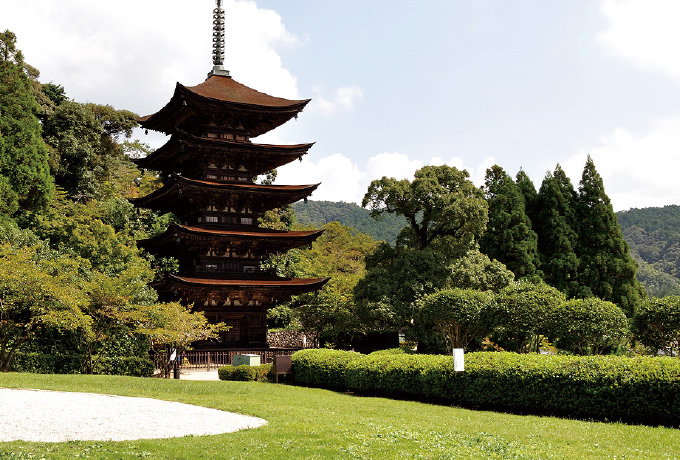
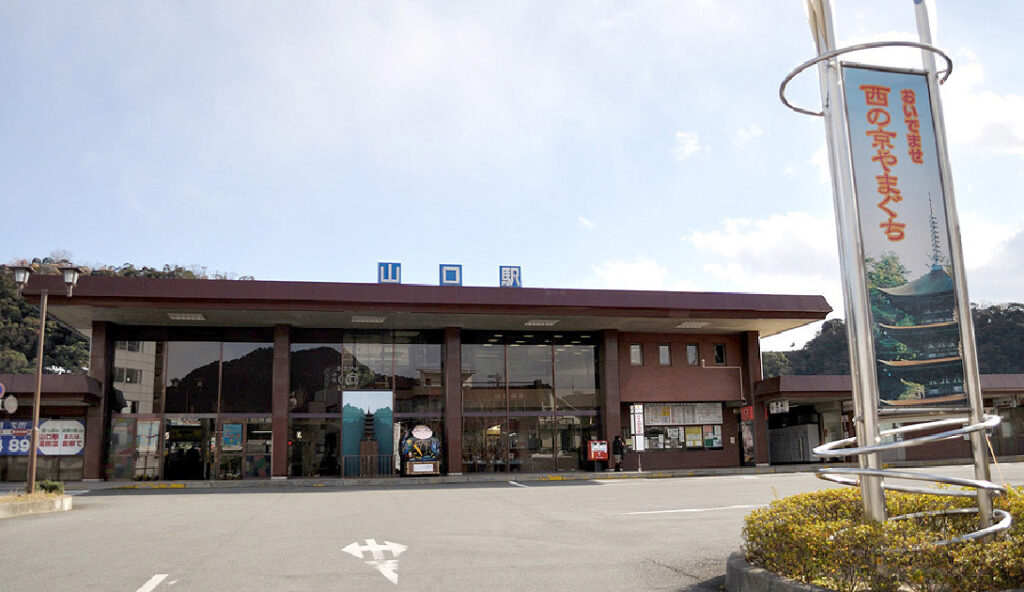


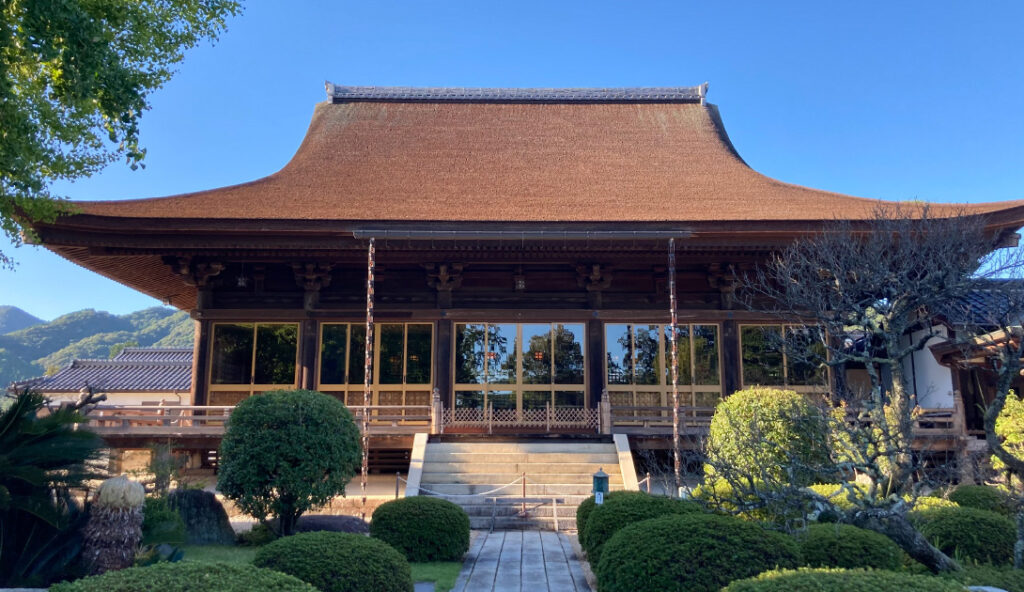
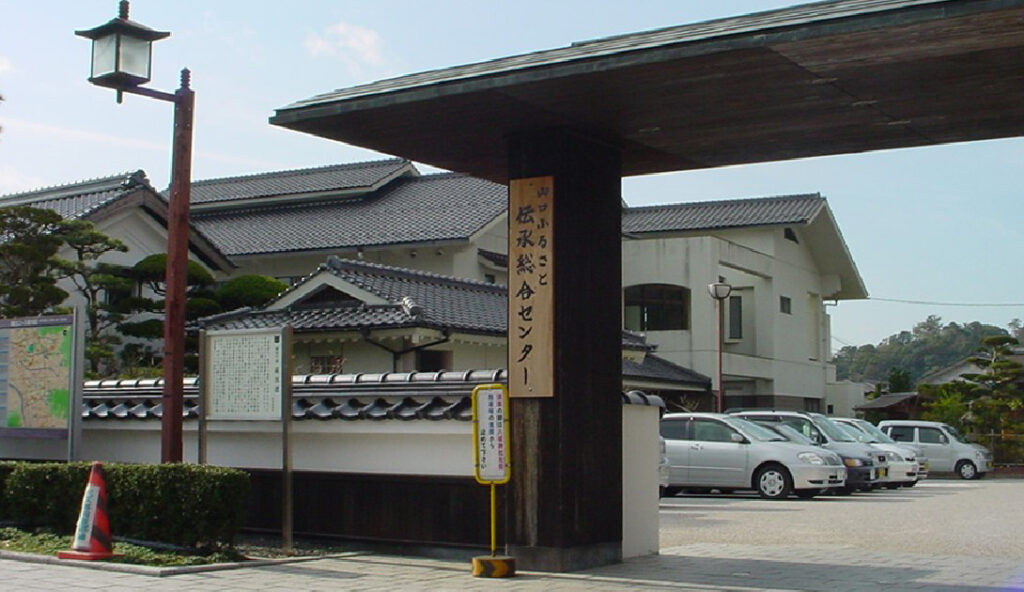

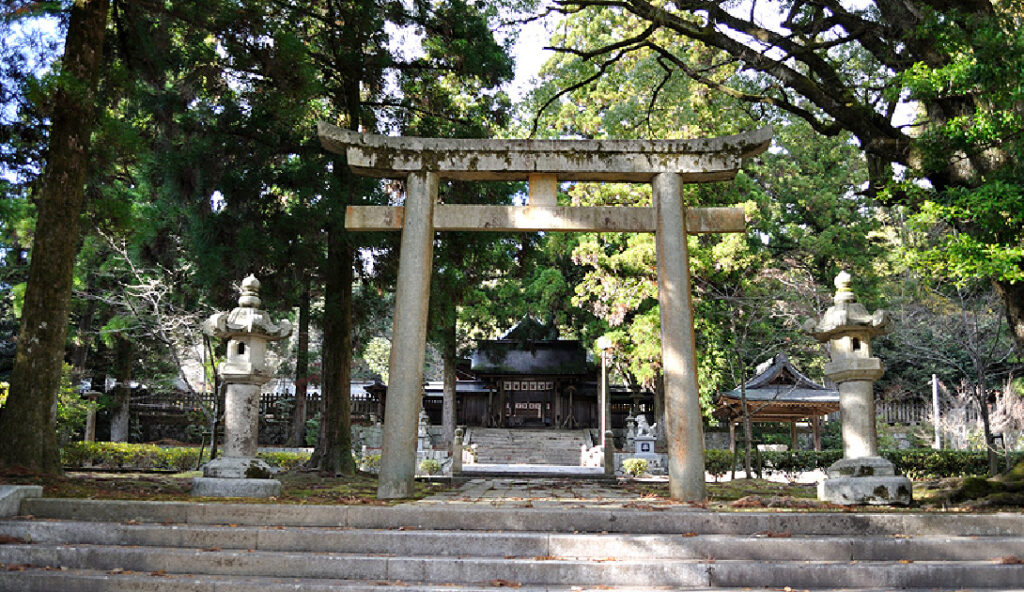
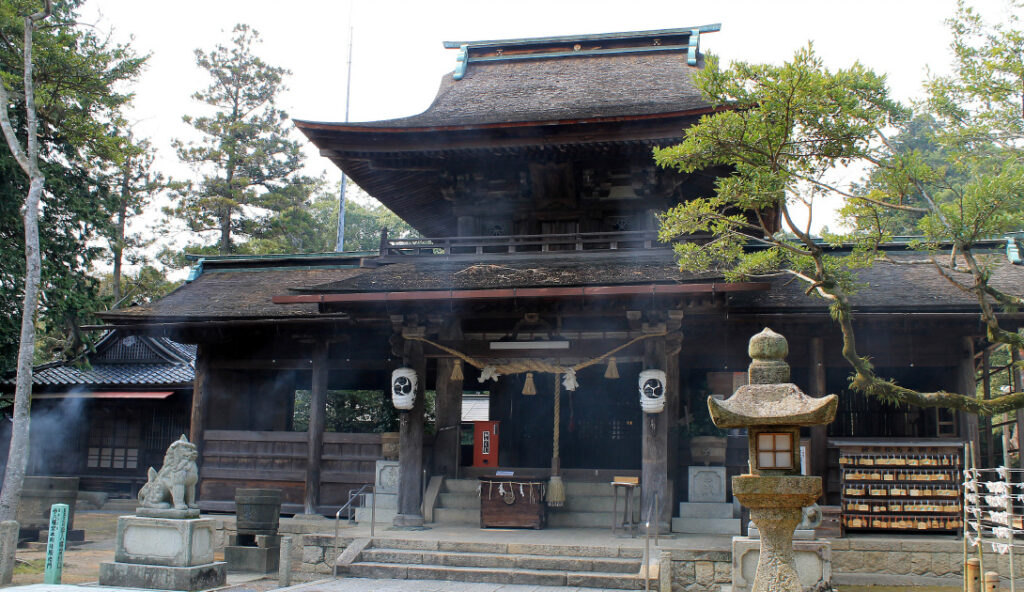
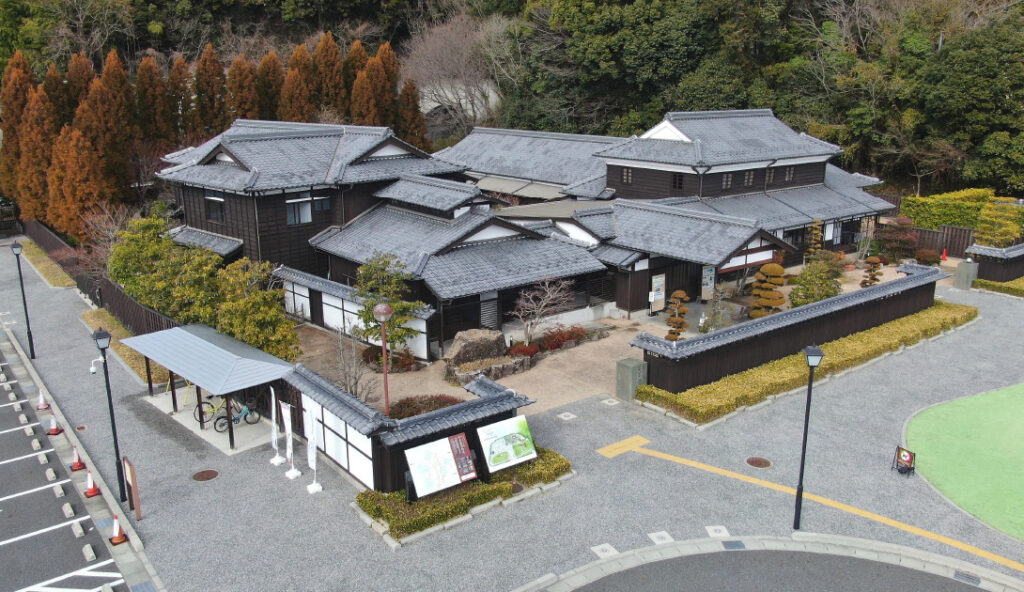

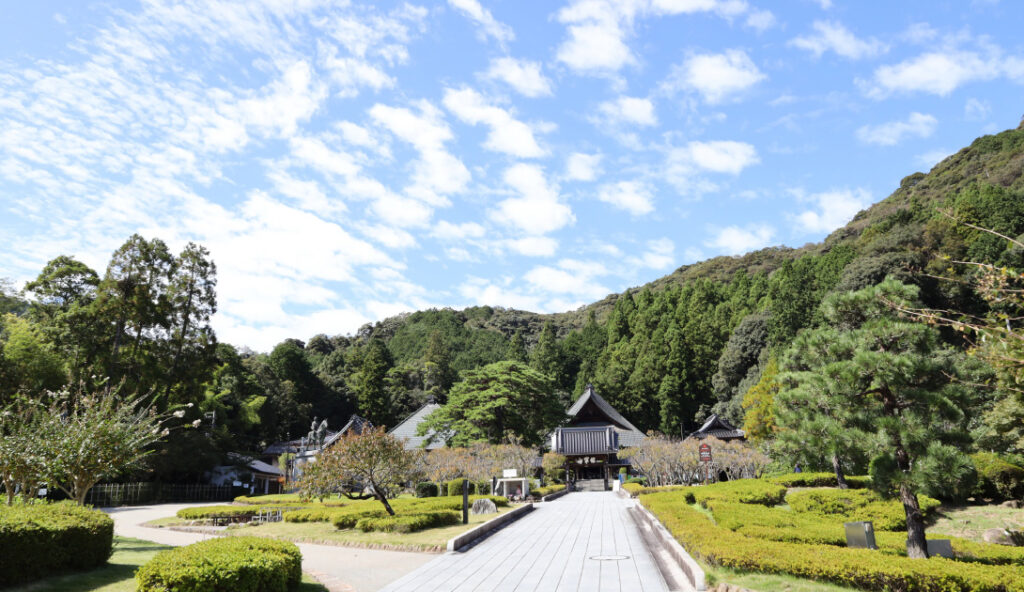
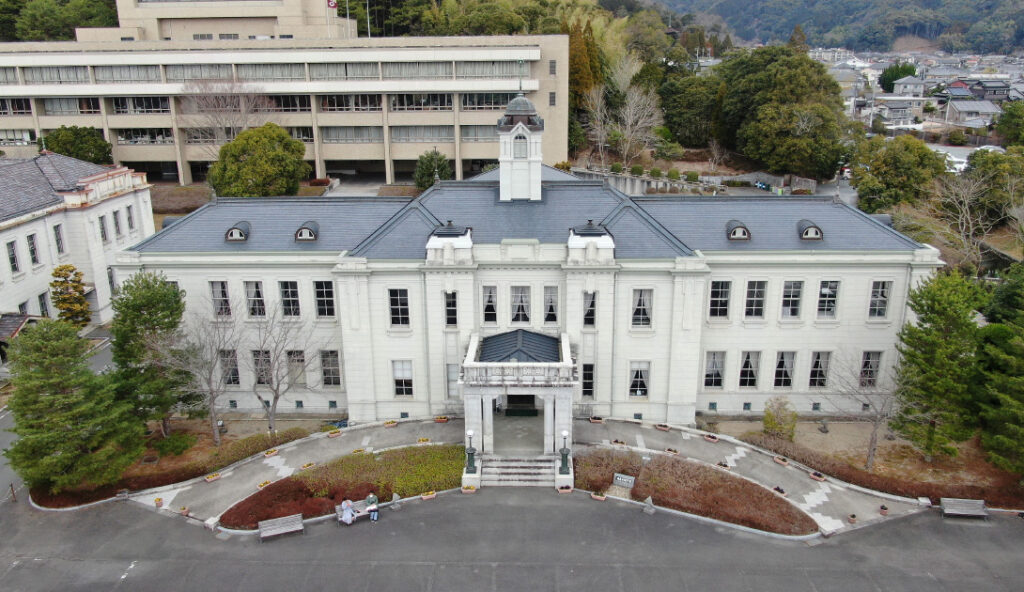
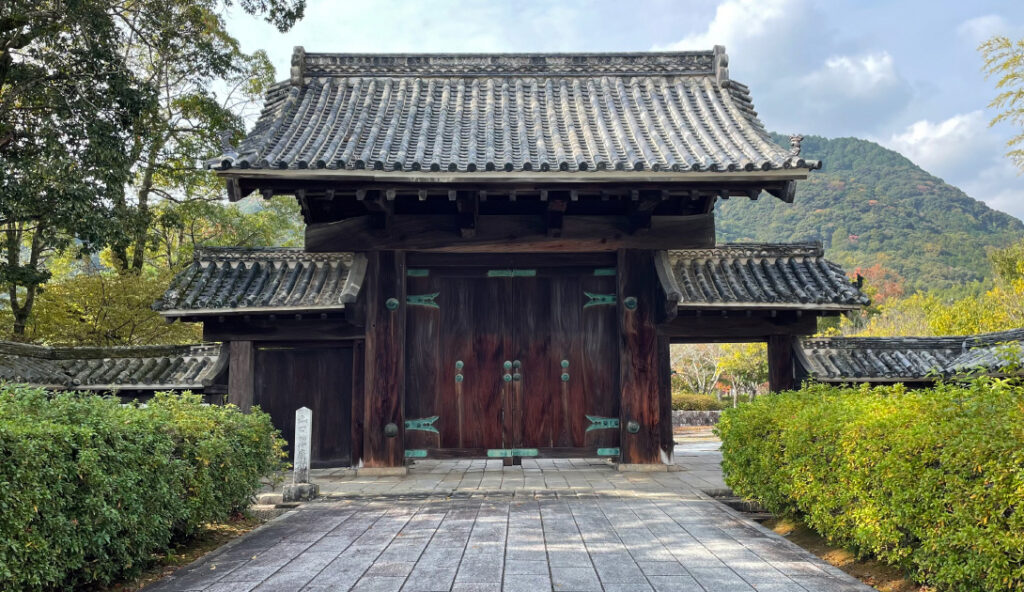
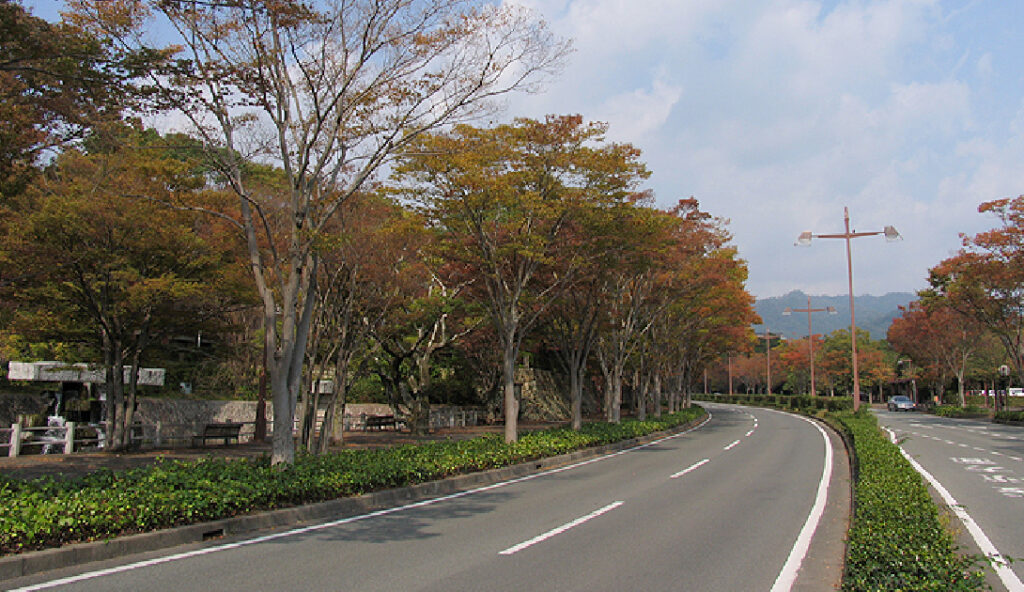
Total: 1 Day
Half-day walking course to explore the center of Yamaguchi City
This is a half-day walking course to explore the center of Yamaguchi City.
Required time: Half-day course
Main means of transportation: Walking
Required time: Half-day course
Main means of transportation: Walking
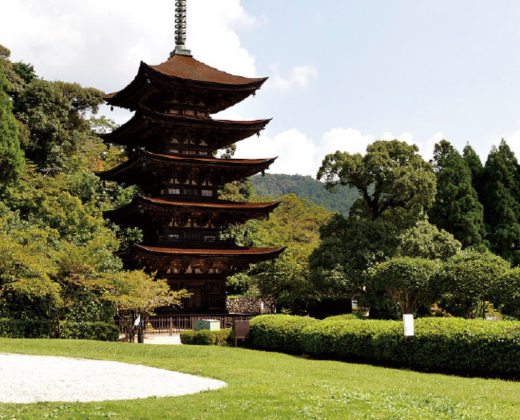
Spot 01
JR Yamaguchi Station
JR Yamaguchi Station, the gateway to downtown Yamaguchi.
The SL Yamaguchi also stops.
The SL Yamaguchi also stops.
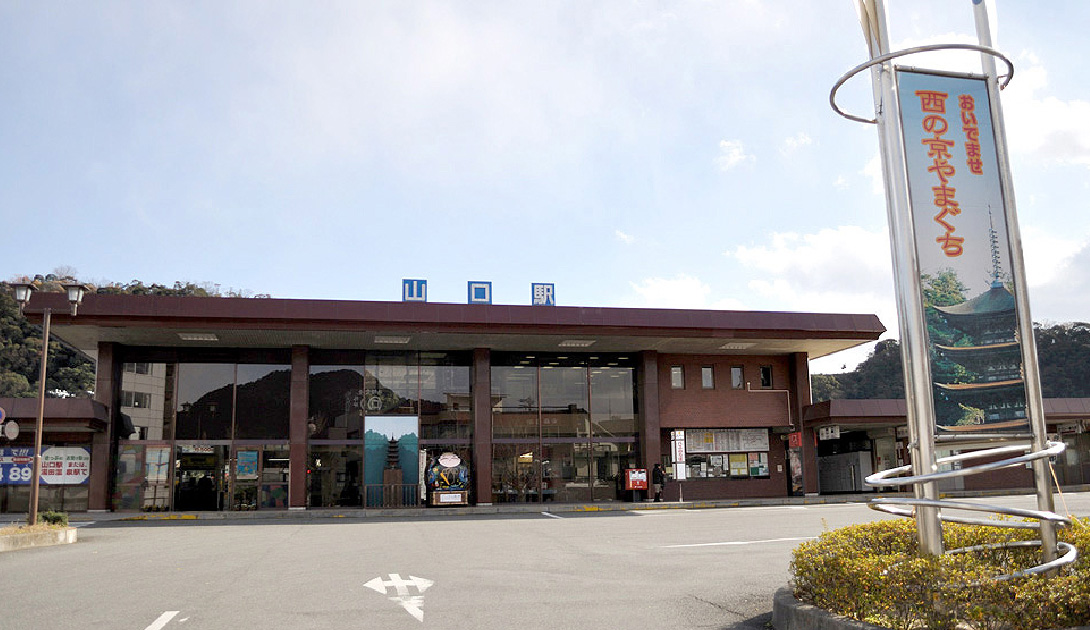
WALK15 minutes
Spot 02
Creative Space Akarenga
A gallery for various artists to express themselves and interact.
The building was opened as Creative Space Akarenga in 1992 through the preservation and revitalization efforts of the "Akarenga no Kai" group.
The building was opened as Creative Space Akarenga in 1992 through the preservation and revitalization efforts of the "Akarenga no Kai" group.
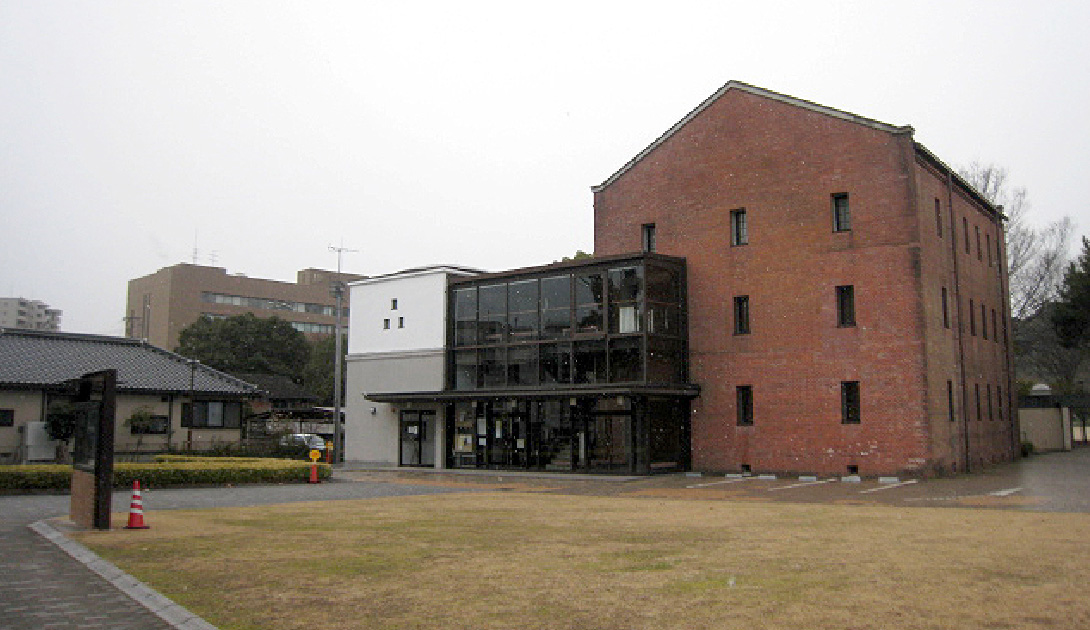
A short walk
Spot 03
Ichinosaka River
During the Muromachi period, the city of Yamaguchi was modeled after Kyoto, with the Ichinosaka River representing the Kamo River. In spring, cherry blossoms bloom along both banks, and at night the trees are illuminated for nighttime viewing. In early summer, visitors can witness the magical dance of Genji fireflies, a nationally designated Natural Monument.
There are also cafes and restaurants along the river, making it a perfect spot for a relaxing stroll.
There are also cafes and restaurants along the river, making it a perfect spot for a relaxing stroll.
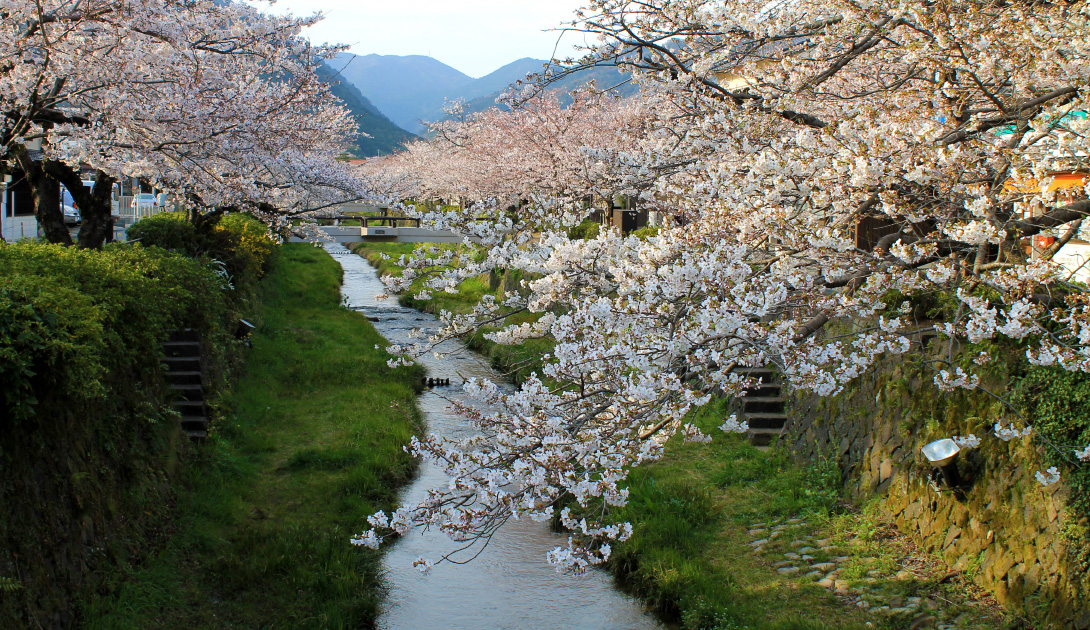
WALK5 minutes
Spot 04
Ryufukuji Temple
Originally founded in 1206 (Kenei 1), this temple was first a Rinzai sect temple named Hōju-zan Zuiun-ji. In 1454 (Kyōtoku 3), it was renamed Zuiun-zan Ryufuku-ji under the Sōtō sect. In April 1557 (Kōji 3), after the fall of Yoshinaga Ōuchi at the hands of the Mōri clan, Takamoto Mōri, who succeeded them, rebuilt the temple on the former site of the Ōuchi residence as a family temple for Yoshitaka Ōuchi. The current main hall was reconstructed in 1883, after the original burned down in 1881, using the Shaka-dō Hall relocated from Hyōjō Kōryū-ji Temple. In autumn, the vibrant colors of the maple leaves decorate the grounds beautifully. Recognized as a prime example of Muromachi-period temple architecture, it is designated as an Important Cultural Property of Japan.
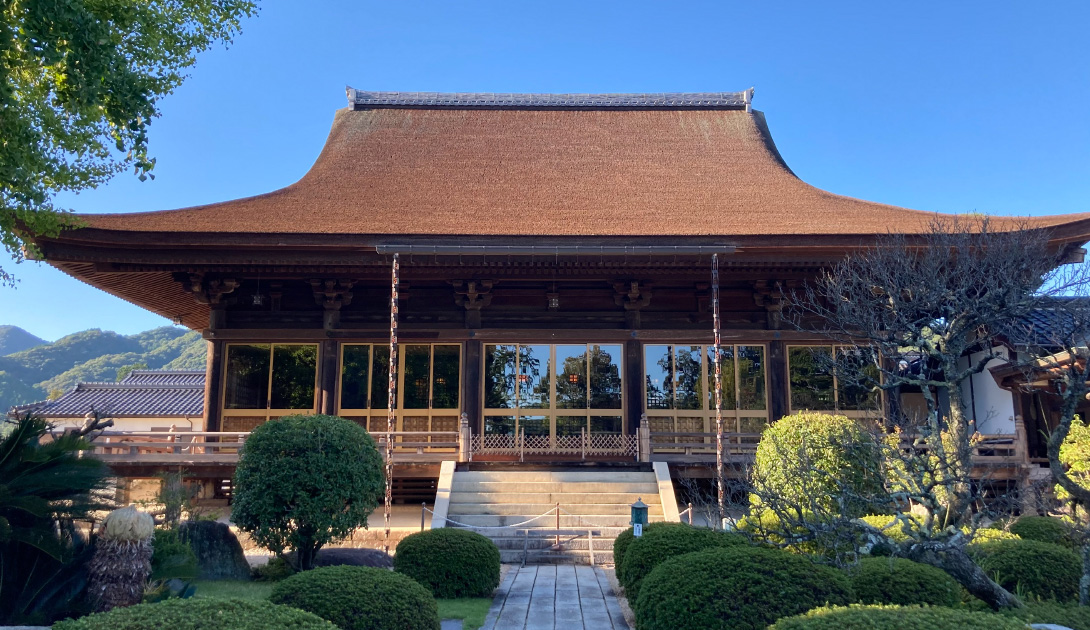
WALK3 minutes
Spot 05
Yamaguchi Furusato Heritage General Center
The center consists of the Manabi-kan, a preserved and restored sake brewery built in the Meiji era; the Takumi-kan, a newly constructed facility; and the Miyabi-kan, a reconstruction of a large Meiji-era traditional house.
You can enjoy making your own chopsticks using "Ouchi-nuri," a traditional lacquerware craft unique to Yamaguchi City. (Advance reservation required)
You can enjoy making your own chopsticks using "Ouchi-nuri," a traditional lacquerware craft unique to Yamaguchi City. (Advance reservation required)
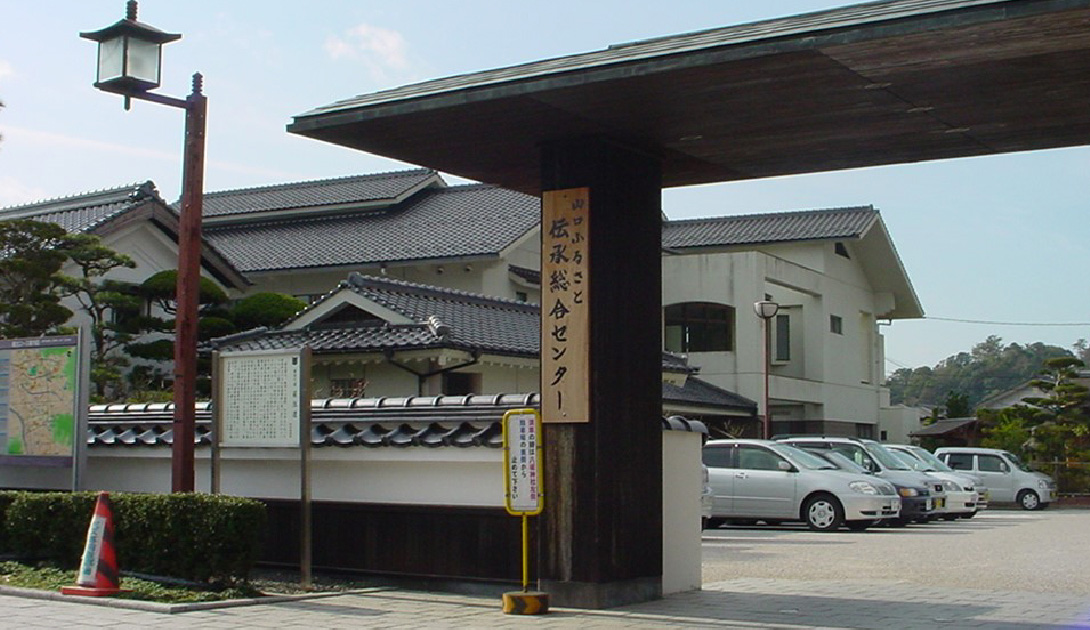
WALK5 minutes
Spot 06
Yasaka Shrine
Founded in 1369 (Ōan 2), this shrine was established by enshrining a spirit from Kyoto’s Yasaka Shrine. It worships the deities Susanoo-no-Mikoto and Kushinada-hime as a married couple and is known as a shrine of matchmaking and love.
The red torii gate is a perfect photo spot!
The red torii gate is a perfect photo spot!
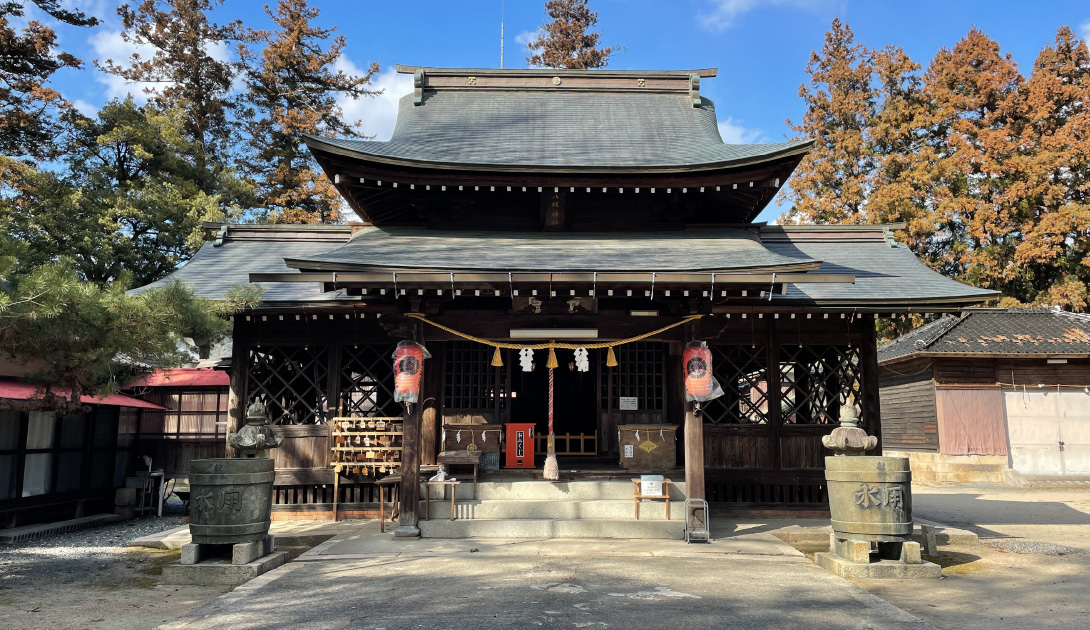
WALK7 minutes
Spot 07
Noda Shrine & Toyosaka Shrine
Noda Shrine enshrines Motonari Mōri, a leading figure of the Meiji Restoration, as its main deity, and his son, Mōri Motonori, as an associated deity.
Toyosaka Shrine is dedicated to Mōri Motonari. It originated when his grandson, Terumoto, enshrined Motonari's spirit within Kasuga Shrine after relocating the clan's seat from Hiroshima to Hagi following the transfer to the Bōchō region.
Toyosaka Shrine is dedicated to Mōri Motonari. It originated when his grandson, Terumoto, enshrined Motonari's spirit within Kasuga Shrine after relocating the clan's seat from Hiroshima to Hagi following the transfer to the Bōchō region.
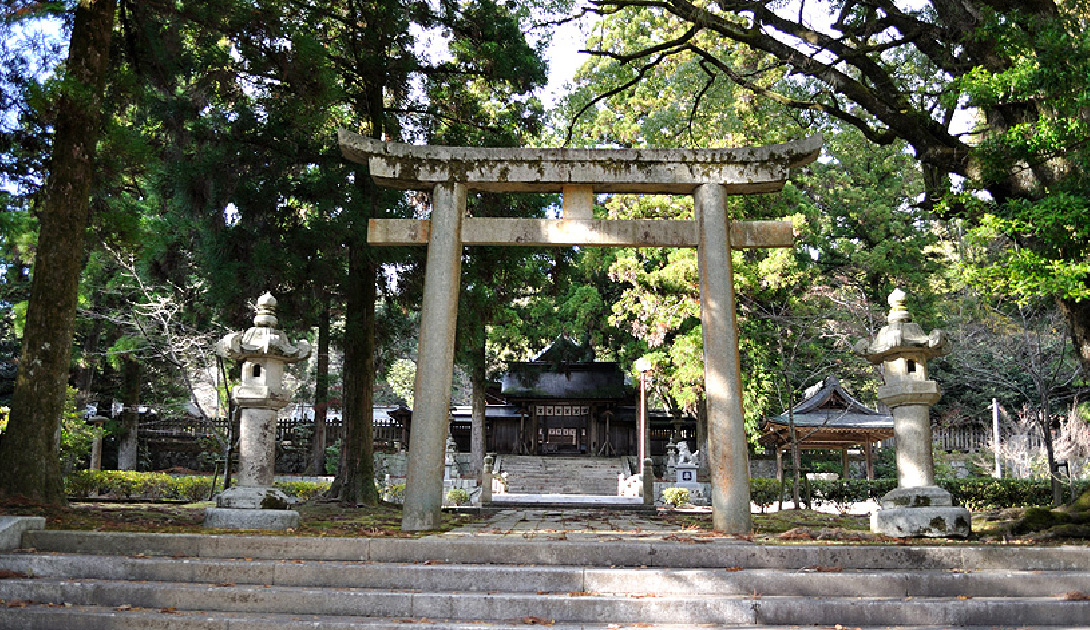
WALK3 minutes
Spot 08
Imahachimangu Shrine
It is said to have been built in 1503 by Ōuchi Yoshioki, the 30th head of the Ōuchi clan.
The tower gate and worship hall, which are aligned in a straight line with the main hall via a connecting corridor, are both designated as Important Cultural Properties of Japan.
The tower gate and worship hall, which are aligned in a straight line with the main hall via a connecting corridor, are both designated as Important Cultural Properties of Japan.
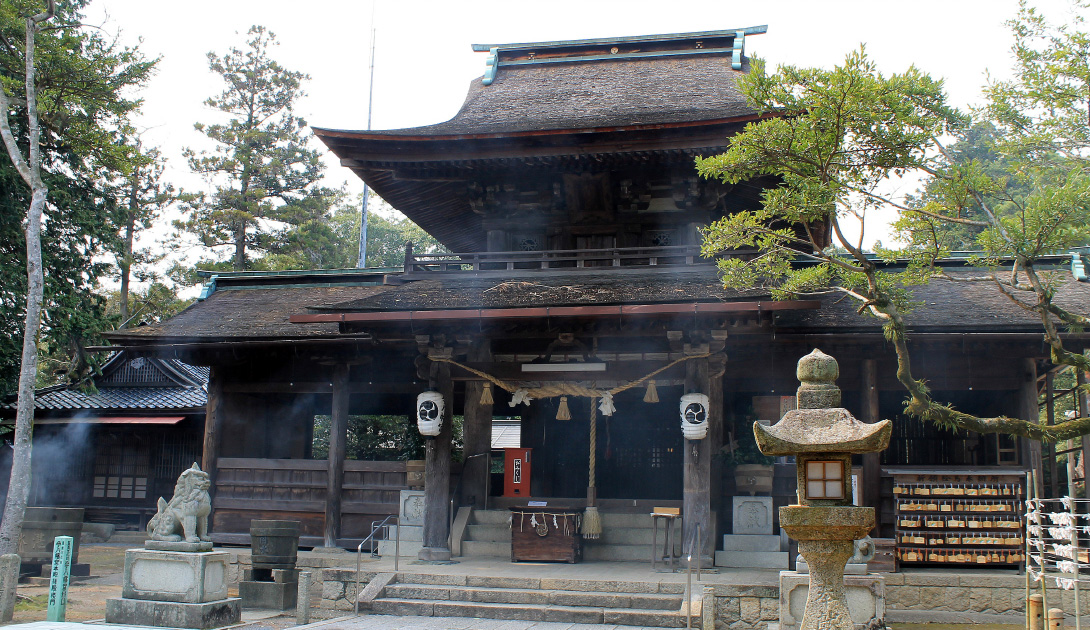
WALK5 minutes
Spot 09
Yamaguchi City Saikotei
The building is a relocated and restored version of the renowned Gion Saikōtei, a traditional restaurant that was beloved from its founding in 1877 (Meiji 10) until 1996 (Heisei 8). It displays 29 framed calligraphies by notable figures such as Kaoru Inoue and Eisaku Satō, along with related artifacts.
You can enjoy a variety of experiences such as wearing a kimono, trying on samurai armor, or dressing as a Bakumatsu-era samurai. (Advance reservation required)
You can enjoy a variety of experiences such as wearing a kimono, trying on samurai armor, or dressing as a Bakumatsu-era samurai. (Advance reservation required)
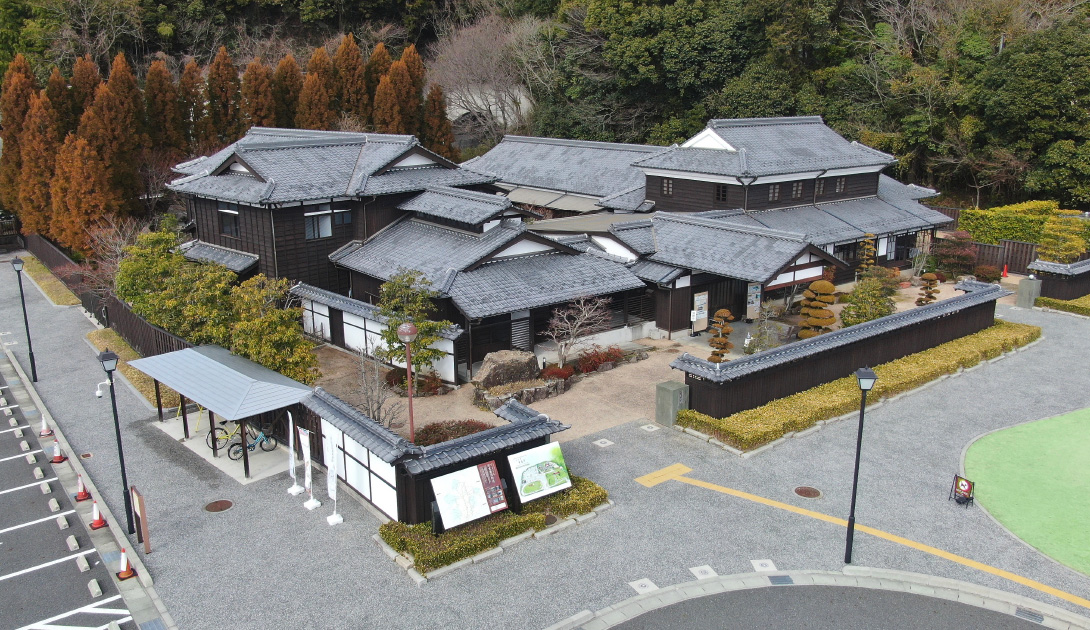
WALK7 minutes
Spot 10
Site of Unkokuan
This was the atelier where Sesshū is said to have continued his artistic work after returning from Ming China until his death in 1506 (Eishō 3).
You can also view the National Treasure Rurikoji Five-Story Pagoda beyond the mountain.
You can also view the National Treasure Rurikoji Five-Story Pagoda beyond the mountain.
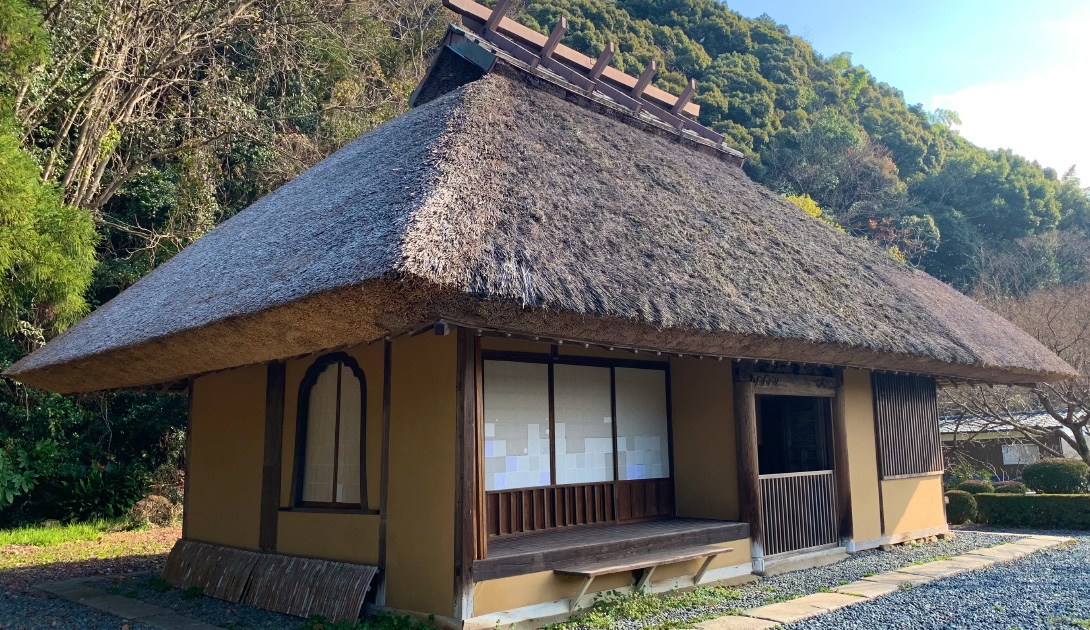
WALK13 minutes
Spot 11
Kozan Park / National Treasure Rurikoji Five-Story Pagoda
Within Kozan Park, where the National Treasure Rurikoji Five-Story Pagoda stands, there are various historical sites from the Muromachi period.
The National Treasure Rurikoji Five-Story Pagoda is admired for its slender form and the graceful curve of its cypress bark roof. It is considered one of the three most beautiful pagodas in Japan. Enjoy its changing beauty throughout the seasons—cherry blossoms in spring, fresh greenery in summer, colorful leaves in autumn, and snowy landscapes in winter.
Why not take a leisurely stroll while feeling the elegant atmosphere of the flourishing Ōuchi culture?
The National Treasure Rurikoji Five-Story Pagoda is admired for its slender form and the graceful curve of its cypress bark roof. It is considered one of the three most beautiful pagodas in Japan. Enjoy its changing beauty throughout the seasons—cherry blossoms in spring, fresh greenery in summer, colorful leaves in autumn, and snowy landscapes in winter.
Why not take a leisurely stroll while feeling the elegant atmosphere of the flourishing Ōuchi culture?
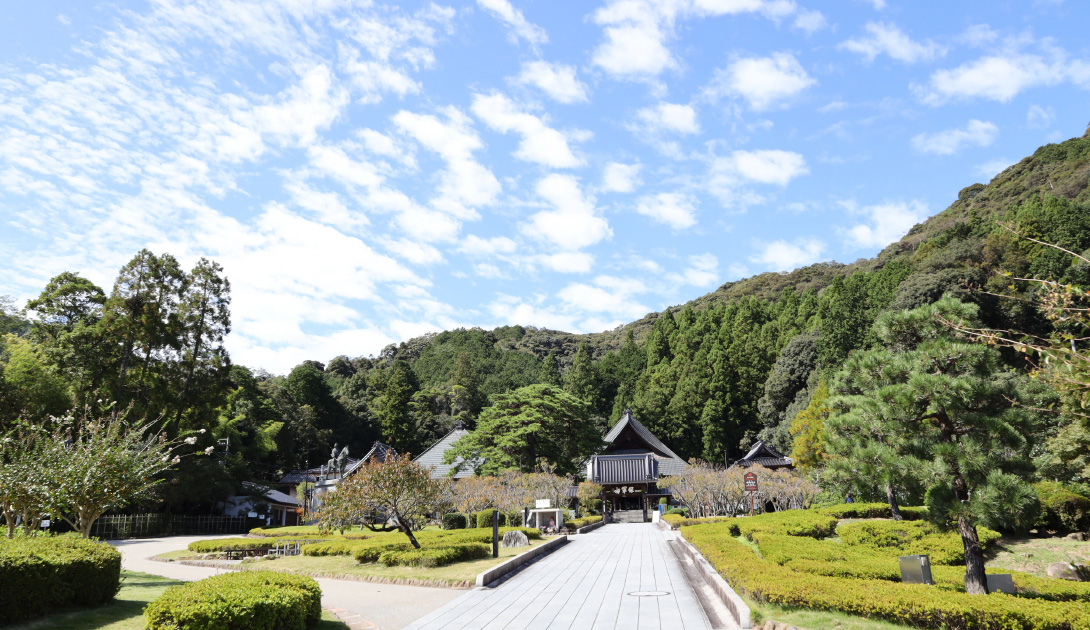
WALK13 minutes
Spot 12
Yamaguchi Prefectural Government Archives (Former Prefectural Office & Former Prefectural Assembly Hall)
onstruction began in 1913 (Taisho 2) and was completed in 1916 (Taisho 5). It was designated as an Important Cultural Property of Japan in 1984 (Showa 59).
It is open during the day and can be freely explored.
It is open during the day and can be freely explored.
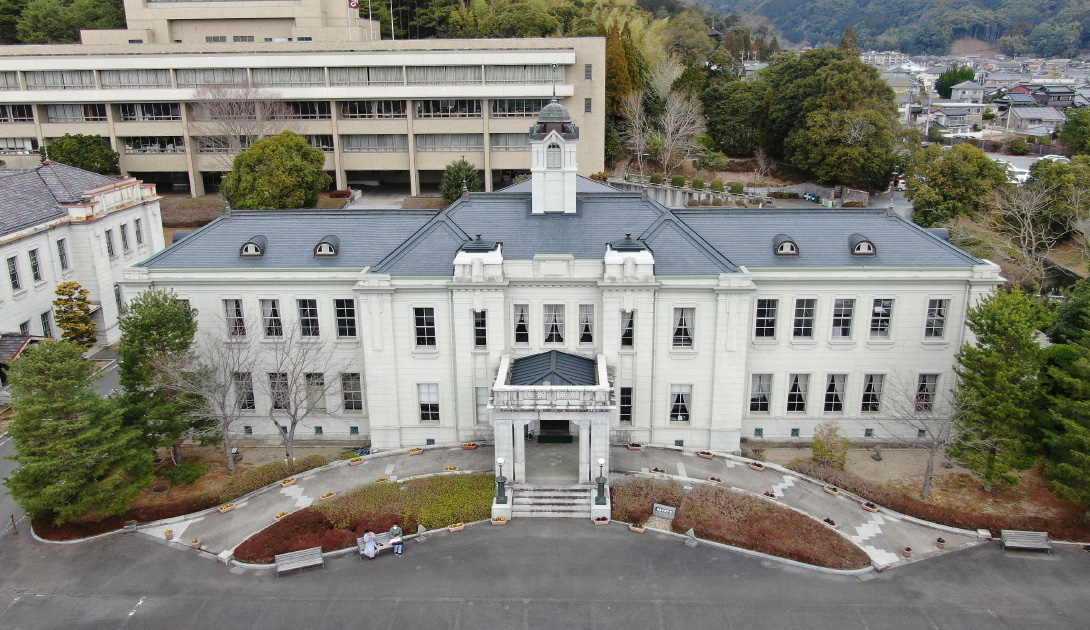
WALK2 minutes
Spot 13
Former Yamaguchi Domain Government Office Gate
Until 1871 (Meiji 4), it was used as the gate of the Yamaguchi Domain government office, and thereafter continued to be used as the gate of the Yamaguchi Prefectural Office.
It is designated as an Important Cultural Property of Yamaguchi Prefecture.
It is designated as an Important Cultural Property of Yamaguchi Prefecture.
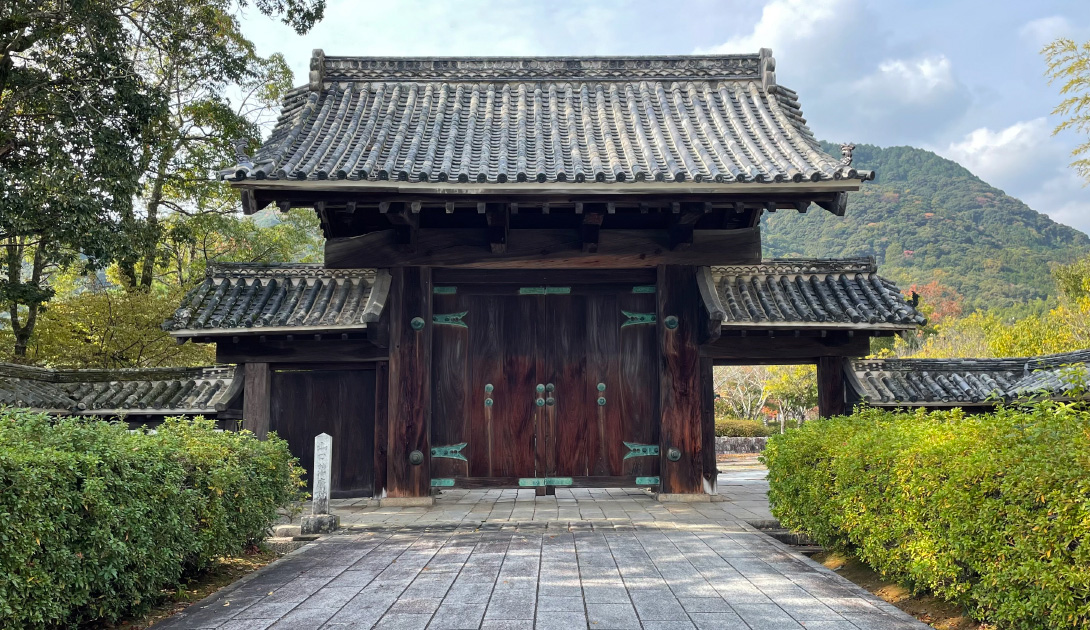
WALK25 minutes
Spot 14
Park Road
Park Road is a prefectural road known for its seasonal beauty and has been selected as one of Japan’s Top 100 Roads.
It is lined with prefectural cultural facilities such as museums and libraries, and leads to the prefectural government office.
It is lined with prefectural cultural facilities such as museums and libraries, and leads to the prefectural government office.
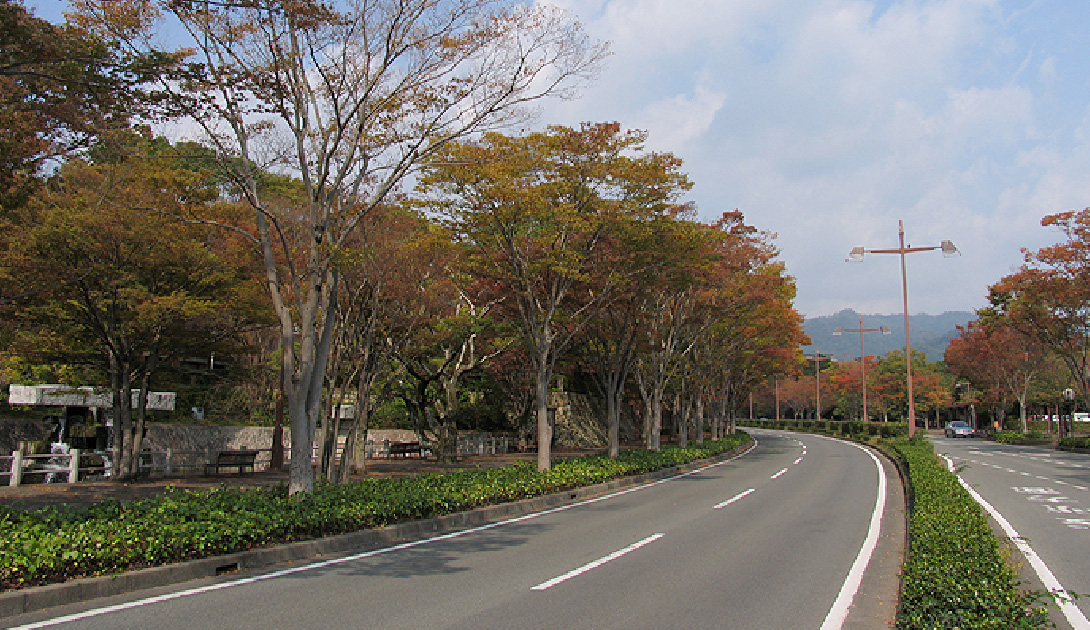
Last
JR Yamaguchi Station
Recommended Course Overview
〈JR Yamaguchi Station〉 - 〈Creative Space Akarenga〉 - 〈Ichinosaka River〉 - 〈Ryufukuji Temple〉 - 〈Yamaguchi Furusato Heritage General Center〉 - 〈Yasaka Shrine〉 - 〈Noda Shrine & Toyosaka Shrine〉 - 〈Imahachimangu Shrine〉 - 〈Yamaguchi City Saikōtei〉 - 〈Site of Unkokuan〉 - 〈Kozan Park / National Treasure Rurikoji Five-Story Pagoda〉 - 〈Yamaguchi Prefectural Government Archives (Former Prefectural Office & Assembly Hall)〉 - 〈Former Yamaguchi Domain Government Office Gate〉 - 〈Park Road〉 - 〈JR Yamaguchi Station〉

Tips
Copyright Yamaguchi Tourism Convention Association All Rights Reserved.


